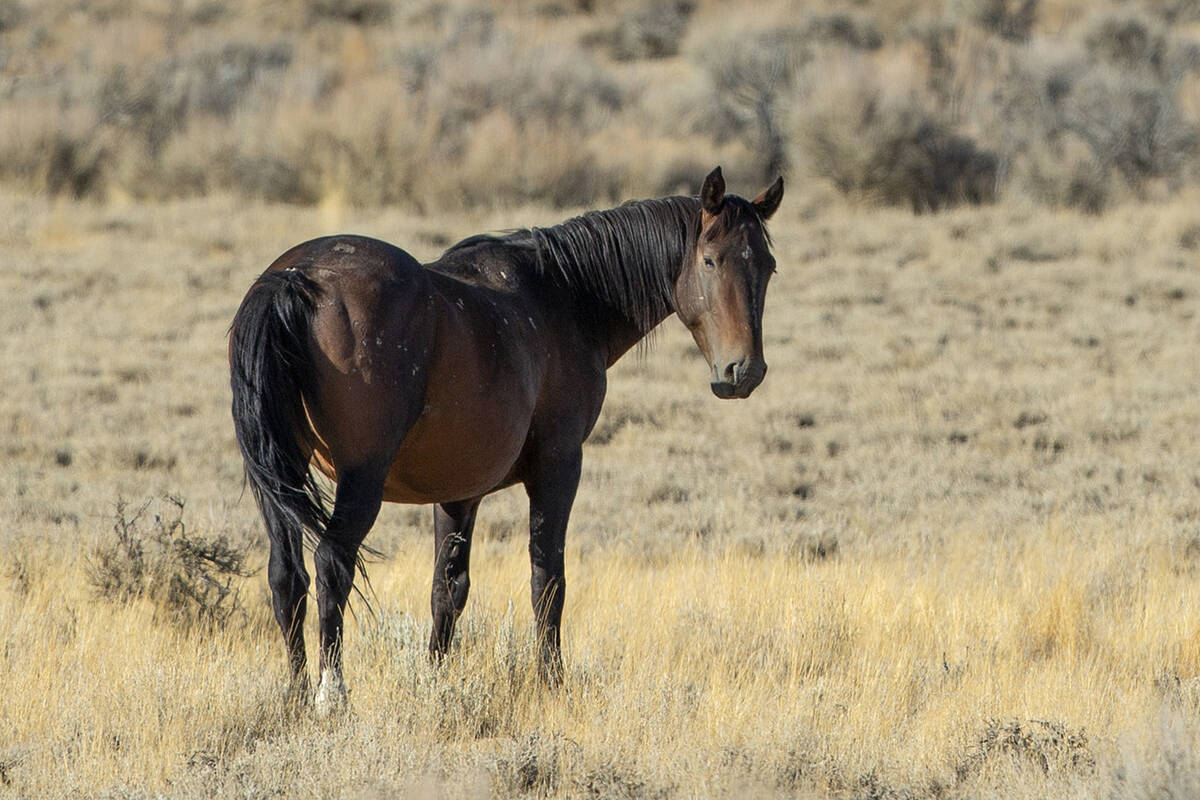How much of Nevada’s land is owned by the feds? More than you might think
Once your tires vibrate passing over your first cattle guard out of the Las Vegas Valley, chances are you are about to stumble into what makes much of Nevada one of the last untouched Western frontiers — public land.
More than 80 percent of the Silver State belongs to a federal government agency, the highest percentage of any state in the country, according to a Congressional report surveying public lands from 2020. That amounts to over 56 million acres of land distributed among agencies like the Bureau of Land Management (BLM), the U.S. Forest Service and the U.S. Fish and Wildlife Service.
That statistic is noteworthy when comparing Nevada to states in the East like Connecticut, where 0.3 percent of the land is federally owned. Public lands aren’t really a thought in the East — less than 1 percent of the BLM’s land lies outside of the West or Alaska, according to the report.
What belongs to which agency?
The vast majority of Nevada’s public lands are in the hands of BLM, which accounts for about 47 million acres, the report said.
Second in acreage is the Forest Service, with 5.7 million acres, and third is the Fish and Wildlife Service with 2.3 million acres. The National Park Service operates about 797,000 acres and the Department of Defense has 60,000 acres.
Not reported in the survey are tribals lands, of which the federal government holds legal title, or land owned by the Department of Energy, such as the Nevada Test Site in Nye County where nuclear testing used to take place.
Water a limiting factor to growth
Throughout American history, efforts like the 1862 Homestead Act drastically changed how federal land in the country was distributed. Any U.S. citizen who hadn’t fought against the country could claim up to 160 acres of land.
By 1934, more than 270 million acres of land became privately owned by individual citizens.
“Understanding the history of public lands is to understand why things are the way they are where we live in modern day Nevada,” said Bret Birdsong, a UNLV professor who served as deputy solicitor for land resources in the Obama administration’s Department of Interior.
But trying to pawn off U.S. land didn’t quite stick in the driest state in the nation, Birdsong said.
“Economic sustainability is so hard here in the desert,” he said. “Most of those lands ended up in federal ownership, despite these efforts to give them away. That’s a function of aridity.”
Having so much public land in the state also means that Nevadans have a say in what happens to it.
The National Environmental Policy Act requires that any new projects on federal lands must go through an extensive environmental review, which presents multiple opportunities for public comment. This extends to everything from mining to energy projects.
Contact Alan at ahalaly@reviewjournal.com. Follow @AlanHalaly on X.























